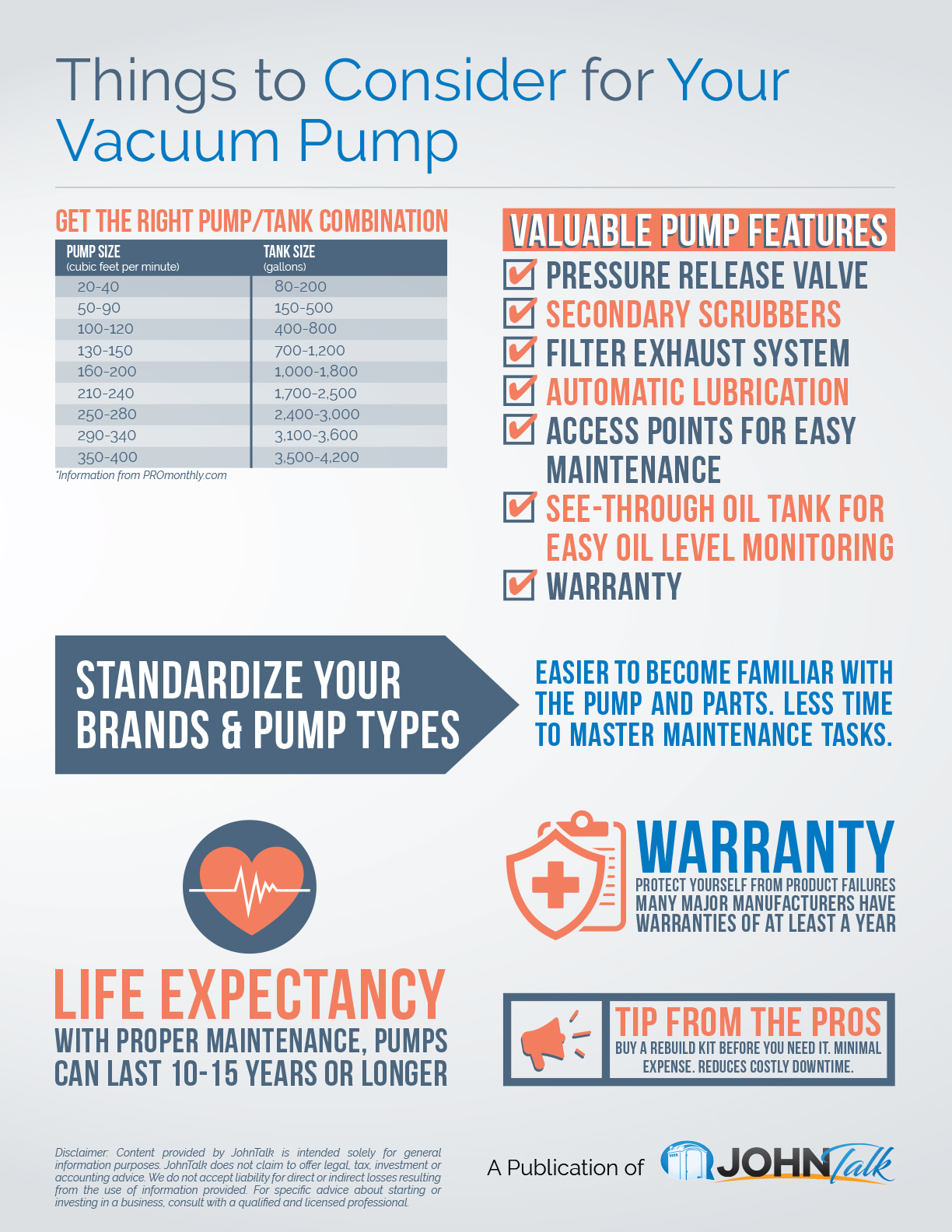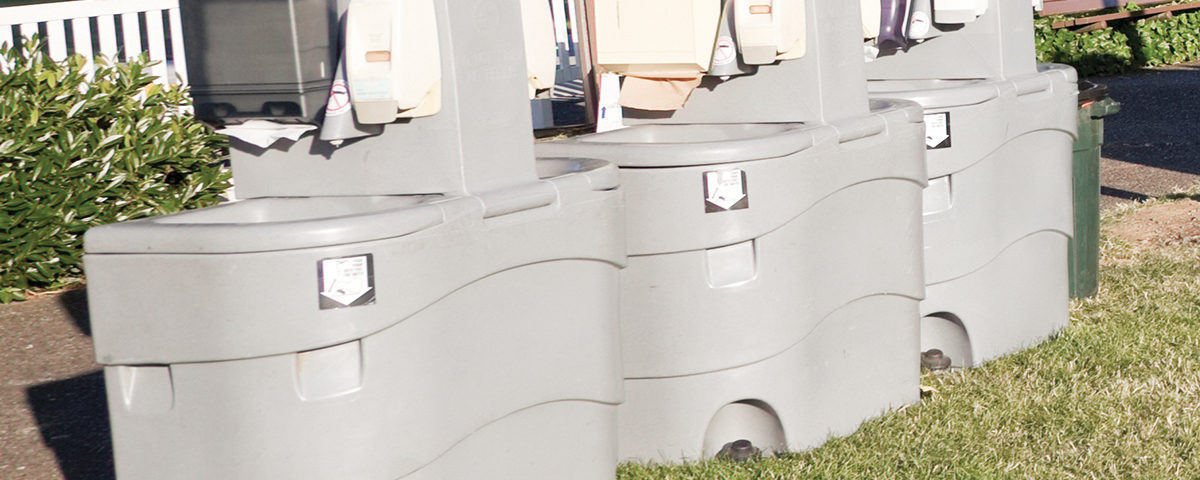
How to Educate the End User
March 26, 2018
INFOGRAPHIC: Things to Consider for Your Vacuum Pump
March 26, 2018Soap or sanitizer?
It’s one of those classic choices, like chocolate or vanilla, dog or cat, automatic or stick shift. Your customers have the choice — washing hands or sanitizing hands?
Knowing about washing versus sanitizing is good information to have on hand to help your customers make the best choice for their specific needs.
You already know how they impact your portable sanitation business. Sanitizer is more economical for the customer and will cost you less in supplies and service time. Handwashing sinks have more costly supplies and require more service/prep work by you, the operator. For these reasons, you need to make sure to price the rental and service appropriately!
But let’s also look at the science of washing and sanitizing. How does washing with soap compare with using hand sanitizer? There is a difference.
The simple answer: soap cleans hands, sanitizer does not.
Both get rid of germs, but in different ways. Soap and water don’t kill germs, they wash them away. Sanitizers actually kill germs. Because you’re also washing away dirt, soap and water leave you with a cleaner feeling as well.
Soap and water are more effective. The Centers for Disease Control and Prevention (CDC) says that washing with soap and water is the best way to reduce the number of microbes on your hands. The CDC also advises that soap and water are better than hand sanitizers at inactivating certain kinds of malicious germs like Cryptosporidium, Norovirus and Clostridium Difficile that can cause nausea, vomiting and diarrhea.
So, despite all the amazing medical advances science continues to give us, the best way to keep from getting sick is to wash your hands with soap and water.
For all these reasons, handwashing facilities are a must at events where food is prepared and served — at upscale events such as weddings and events primarily for children. Many events today have switched to sinks because they want to offer more amenities for the attendees. Sinks have become the norm.
For some outdoor activities, soap and water are required.
Get the JohnTalk “ALL-ACCESS PASS” & become a member for FREE!
Benefits Include: Subscription to JohnTalk Digital & Print Newsletters • JohnTalk Vault In-Depth Content • Full Access to the JohnTalk Classifieds & Ask a PRO Forum
The U.S. Department of Agriculture requires that Good Agricultural Practices (GAP) be followed on farms to ensure proper sanitation for workers while harvesting to prevent crops from becoming contaminated. Guidelines include the directions that all employees must wash their hands before beginning or returning to work and that all restroom facilities in the field have soap and potable water.
For other events, outdoor activities and worksites, sanitizer represents an economical substitute for handwashing. According to the CDC, if soap and water are not available, use an alcohol-based hand sanitizer that contains at least 60% alcohol.
Sanitizer is common at construction sites, and you’ll now often see sanitizer stands at the entrances of public buildings and grocery stores.
It’s also worth knowing that both washing and sanitizing are most effective when they are done properly.
Using sanitizer is easy, according to the CDC. Just apply the sanitizer and rub it all over until your hands are dry.
Many people don’t take the time and effort to wash their hands correctly. Be sure to lather the backs of your hands, between your fingers and under your nails. Scrub your hands for at least 20 seconds (the amount of time is equal to humming the “Happy Birthday” song twice).
With either choice, the most important benefit is good hand hygiene.
Looking to Take Your Portable Restroom Business to the NEXT LEVEL? Download our FREE Guide: “Your Guide to Operating A Portable Restroom Business.”
Thinking About GETTING INTO the Portable Restroom Industry? Download our FREE Guide: “Your Guide to Starting A Portable Restroom Business.”






